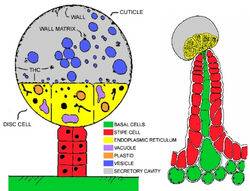Skunkmasterflex
Member
Im quite sure that thay do !
I have wiped off the trics on some pre-flowers multiple times to get a wiff of the sweet sent and im sure they've grown back .
Anyone?
I have wiped off the trics on some pre-flowers multiple times to get a wiff of the sweet sent and im sure they've grown back .
Anyone?



